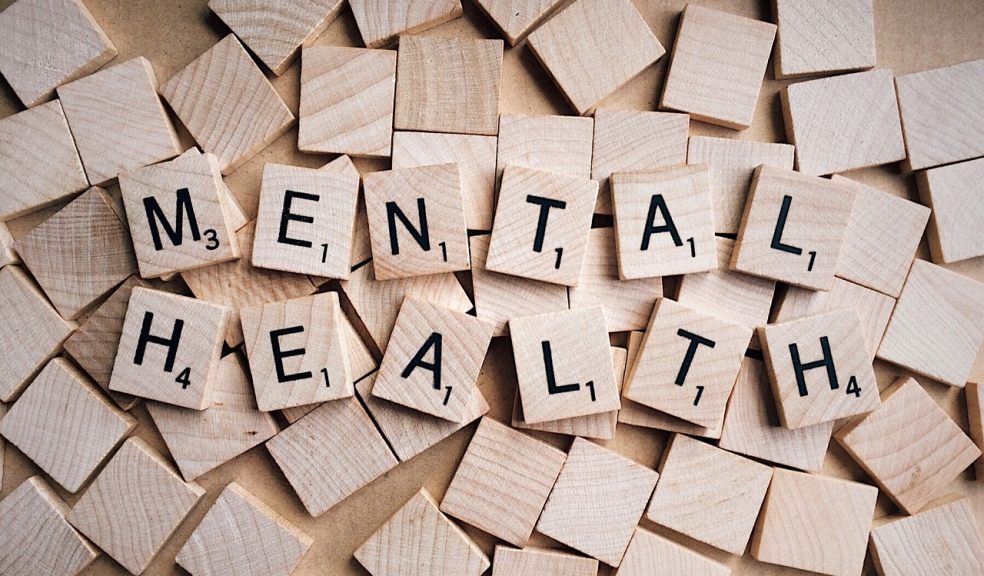
How To Teach Students About Mental Health
The importance of mental health education in schools cannot be overstated. As educators, we have a unique opportunity to equip our students with the knowledge and tools they need to navigate the complexities of their emotional well-being. This article explores effective strategies for teaching students about mental health, fostering a supportive environment, and promoting overall wellness in educational settings.
Understanding the Importance of Mental Health Education
Mental health education is not merely an add-on to the curriculum; it's a fundamental aspect of holistic student development. Students are dealing with so much these days, and there have been a number of ripple effects from the pandemic that are still being felt. By introducing these concepts early, we can help students build resilience, develop coping mechanisms, and recognise when they or their peers might need support. This proactive approach can lead to improved academic performance, better social relationships, and a more positive school atmosphere.
Creating a Safe and Open Environment
The foundation of effective mental health education is a classroom environment where students feel safe to express themselves. This involves fostering a culture of respect, empathy, and non-judgement. Teachers can model these behaviours and establish clear guidelines for discussions. Encouraging students to share their thoughts and feelings without fear of ridicule or reprisal is crucial in building trust and openness.
Integrating Mental Health into the Curriculum
Rather than treating mental health as a standalone subject, consider weaving it into various aspects of the curriculum. For instance, literature classes can explore characters' emotional journeys; history lessons can discuss the psychological impact of historical events, and science classes can delve into the biology of stress and emotion. This integrated approach helps students see mental health as a natural part of the human experience.
Utilising Age-Appropriate Resources and Activities
When teaching about mental health, it's essential to use materials and activities that resonate with students' developmental stages. For younger children, this might involve storytelling and role-playing exercises that explore emotions. Older students might benefit from more in-depth discussions, case studies, and research projects. It’s important to look for resources that can help you, and don’t be afraid to look at US ones, too.
Promoting Self-Awareness and Emotional Intelligence
A key aspect of mental health education is helping students develop self-awareness and emotional intelligence. This involves teaching them to recognise and name their emotions, understand their triggers, and develop healthy coping strategies. Activities such as journaling, mindfulness exercises, and group discussions can be invaluable in this process.
Addressing Stigma and Misconceptions
Unfortunately, mental health issues are often surrounded by stigma and misconceptions. Educators play a crucial role in dispelling these myths and promoting a more accurate and compassionate understanding of mental health. This can involve inviting guest speakers with lived experience, using multimedia resources to illustrate different perspectives, and encouraging open dialogues about common misconceptions.
Incorporating Physical Health and Well-being
Mental and physical health are intrinsically linked, and it's important to address both in tandem. Teach students about the connection between physical activity, nutrition, sleep, and mental well-being. Encourage healthy habits and provide opportunities for physical activity within the school day. Remember that these are the kinds of things that should be reinforced every day, not just brought up once and forgotten about.
Teaching Stress Management Techniques
In an increasingly pressured academic environment, teaching stress management is crucial. Introduce students to a variety of techniques, such as deep breathing exercises, progressive muscle relaxation, and time management strategies. Encourage them to experiment with different methods to find what works best for them. Regular practice of these techniques can help students build resilience and cope with challenges more effectively.
Fostering Peer Support and Connection
Peer support can be a powerful tool in promoting mental health. Encourage students to look out for one another and create opportunities for peer-to-peer interaction. This could involve setting up buddy systems, peer mentoring programmes, or student-led mental health awareness campaigns. These initiatives not only support those who might be struggling but also empower students to take an active role in creating a supportive school community.
Think About Mindfulness Courses
Mindfulness has gained significant traction in educational settings, and for good reason. Consider introducing mindfulness courses or integrating mindfulness practices into daily routines. These can help students develop focus, reduce anxiety, and improve overall well-being. Many schools in the UK have successfully implemented mindfulness programmes, reporting positive outcomes in student behaviour and academic performance. Young and Mindful offers self-education courses to young people between the ages of 7 and 25. Visit their website to find out more.
Collaborating with Mental Health Professionals
While teachers play a crucial role in mental health education, it's important to recognise the limits of our expertise. Collaborating with mental health professionals can enhance the quality and depth of mental health education. This might involve inviting counsellors or psychologists to give talks, provide training for teachers, or offer one-on-one support for students who need it.
Engaging Parents and Caregivers
Mental health education shouldn't stop at the school gates. Engaging parents and caregivers in this process is crucial for reinforcing the messages and skills taught in school. Consider hosting parent workshops, sending home informational materials, or creating a parent resource centre. This collaboration ensures a consistent approach to mental health across different environments in a student's life.
Addressing Digital Well-being
It’s crucial to address the impact of technology on mental health. Teach students about responsible social media use, the importance of digital detoxes, and how to navigate online relationships healthily. Discuss the potential negative impacts of excessive screen time and cyberbullying and provide strategies for maintaining a balanced digital life.
Implementing Regular Check-ins and Assessments
Regular check-ins with students can help identify potential issues early and provide timely support. This could involve one-on-one conversations, anonymous surveys, or mood-tracking activities. It's important to have clear protocols in place for what to do if concerns are identified. Take some time to look at suggestions from trusted health sources and charities
Celebrating Mental Health Awareness
Consider dedicating specific times throughout the year to focus on mental health awareness. This could align with national or global mental health days or be integrated into the school's own calendar. These events can include assemblies, workshops, art projects, or community outreach activities. Celebrating mental health awareness helps normalise discussions around mental well-being and reinforces its importance.
Continuous Professional Development for Educators
To effectively teach about mental health, educators need to be well-informed and comfortable with the subject. Invest in continuous professional development opportunities for teachers. This could involve workshops, online courses, or peer learning groups focused on mental health education. The more confident and knowledgeable teachers are, the more effective they'll be in supporting their students' mental well-being.
Teaching students about mental health is a complex but rewarding endeavour. By creating a supportive environment, integrating mental health into the curriculum, and employing a variety of strategies and resources, we can help our students develop the emotional intelligence and resilience they need to thrive. Remember, this is an ongoing process that requires patience, empathy, and a commitment to continuous learning and improvement. As educators, we have the power to shape not just our students' academic futures but their emotional well-being for years to come.














